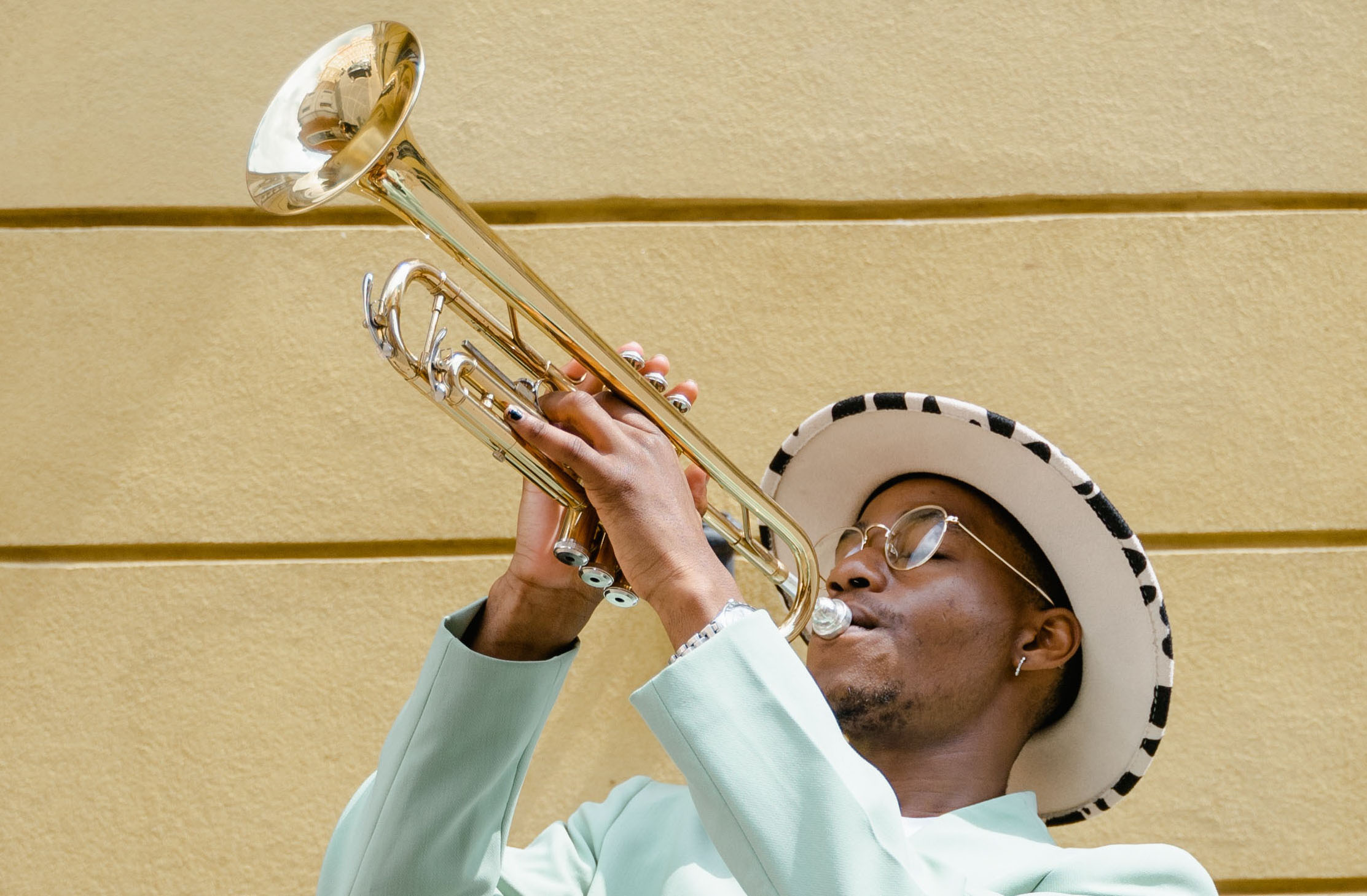Contact Me: howtopbestinfo@gmail.com
Contact Me: howtopbestinfo@gmail.com

The trumpet is a brass instrument which has been around for centuries, used in every type of music imaginable. It works by vibrating the air inside its metal tube when blown into and creating sound waves that travel through the horn to create different notes.
Trumpets have three valves on them that are pushed up or down with our fingers so we can change pitch and tone as needed while playing; these make it easy to play fast runs along with more complex melodies.
The shape of trumpets also varies from one model to another - some may be curved like French horns, others conical-shaped like trombones or tuba style ones too! Aside from their versatility within many genres such as jazz combos/big bands, orchestras etc.
There are other benefits associated with owning & learning how to use this particular wind instrument: firstly they’re relatively affordable compared other instruments making them accessible even if you don't have deep pockets secondly due its compact size (compared say an upright bass) transportation isn’t much hassle either thirdly thanks modern technology today's digital versions often come equipped midi ports allowing us 'plug' directly onto computers giving access vast array sounds plus effects.
The trumpet has a long and illustrious history of use in music. Dating back to ancient times, the first trumpets were made from seashells or animal horns while some early cultures even crafted them out of wood. The modern day version was developed by craftsmen in Egypt during 1500 BC and continued to evolve over time as different metals like bronze, silver and brass became available throughout Europe around 1000 AD.
These craftspeople began adding intricate designs onto their instruments which eventually led us towards more complicated shapes with features such as valves that are now common on many models today.
Trumpet's influence is heard all across the world within most musical genres; it can be found playing along jazz standards within big bands at festivals (such as New Orleans' annual Jazz Fest) or used for fanfare marches before sporting events everywhere!
In addition, its sound serves an important role when accompanying religious ceremonies—from Catholic masses to Hindu weddings—and also often finds itself featured prominently among marching band ensembles at universities nationwide each football season too.
Likewise though its application isn't limited solely one type either: rockers have adopted it into punk tunes just same way classical composers do symphonic pieces alike!
To sum up, buying a trumpet is an excellent investment for anybody looking to enhance their musical capabilities. Trumpets offer a wide range of sounds and tones that can be used in multiple genres of music. They are easy to learn with some practice and provide the opportunity for players to develop their own personal style as they progress through learning different techniques on the instrument. The trumpet also provides great value due its affordability compared other instruments like flutes or saxphones.


Etiam porta sem malesuada magna mollis euismod. Cras mattis consectetur purus sit amet fermentum. Aenean lacinia bibendum nulla sed consectetur.
2045-10-07 00:00:00.000000
2045-10-08 00:00:00.000000
2045-10-09 00:00:00.000000
2045-11-00 00:00:00.000000
2045-11-01 00:00:00.000000